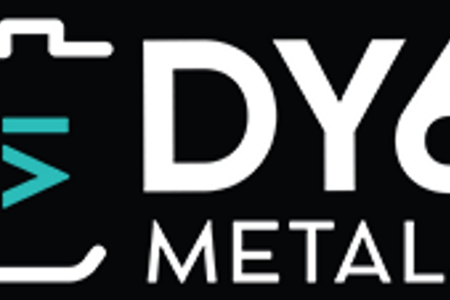
Duncan Wyatt is an internationally respected voice in the mineral process engineering and technology arena. Currently critical minerals and hydrometallurgical solutions director at Metso, he will bring valuable insights to discussions about sustainable processing of critical minerals and battery metals to this month’s IMARC in Sydney.
Richard Roberts, Mining Beacon editor, caught up with him ahead of the event.
Richard Roberts: You’ve been around the mineral processing industry for more than 30 years, starting in Tasmania (Renison tin), then South Australia (Geologics) before plus-20 years with Outotec in Australia and Canada. Now Metso for the past four years in Perth. Have you seen enough of the world, or do you still enjoy the travel part of working in mining?
Duncan Wyatt: When I first left Tasmania the travel aspect was certainly very appealing. I have been fortunate to have visited too many countries to count and every continent except Antarctica, although I did consider a one-year break to work on an Antarctic research project aligned with Tasmanian University before I moved to South Australia.
More than the travel it has been the people I have met at various mine sites and companies that have been the highlight. The Australian mining sector is very large but within it there are many connected communities and talented people.
Richard Roberts: Speaking of change, Australia has become the global supply hub for lithium minerals in recent years. What have been the most significant, or impactful, changes you’ve seen in the lithium and related processing arenas?
Duncan Wyatt: Yes, it has been a profound and rapid change. I was involved with mineral processing projects at both Greenbushes and Wodgina in the mid-90s but at that time tin and tantalum were the target minerals and spodumene was either rejected or less commercially viable.
However, the surge in personal electronic devices which oddly enough drove the demand for tin and tantalum also created the impetus for lithium usage to become widespread. Starting in 1985 with the development by Akira Yoshino, a Japanese chemist, of the first lithium battery technology, Sony began commercialisation for its range of products.
By the 1990s Greenbushes had begun supplying lithium to China for the production of lithium hydroxide for batteries. It is the latest surge in consumer demand that has driven the recent developments, with EV cars requiring an order of magnitude larger lithium battery than the personal electronic devices that started the industry.
Now battery-grade lithium hydroxide is produced here in Western Australia using local spodumene as a lithium source. Metso has been at the forefront of optimising the downstream processing of spodumene to lithium hydroxide. The Metso leach process is environmentally sustainable: acid and sulphate free, without undesired crystallised salts or by-products, producing inert and neutral mineral residue for re-use or disposal.
Richard Roberts: On the very…
Read More: High-grade REE & P2O5 Trench Results Returned from Tundulu to Assist with

